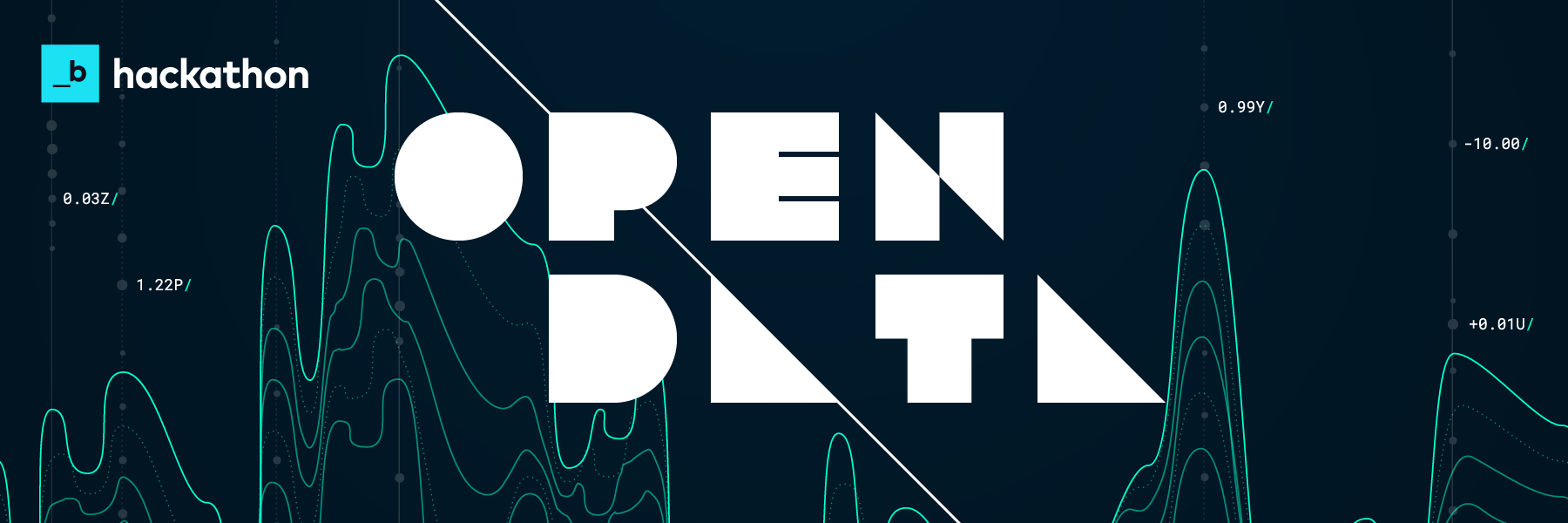Slalom Build OpenData Hackathon
We invite you, along with our executive team, to witness what our teams have accomplished in our sixth company-wide hackathon, this time focusing on leveraging publicly available data sets to break down barriers, improve our communities, and drive positive results in our governments. This event is the culmination of the last 12+ weeks of research, development and product engineering.
Details
What: Slalom's OpenData Hackathon Showcase
When: May 16th, 2019 | 12:30 - 6:00
Where: One King West Hotel | 1 King St W, Toronto ON M5H 1A1
RSVP below to attend
Finalist Teams
Look forward to seeing these teams at the final event in Toronto! See the Open Data Hackathon landing page for more information about traveling to the final event, and reach out to the hackathons committee with any questions you have.

Boston Lead Pipes
Project: Boston Lead Pipes
Do lead pipes affect the scholastic outcomes of our most vulnerable students in Boston?
Jeff Keilman, Joe Donovan, Ulfur Grant
Boston Build Center
Why: We hypothesized that lead pipes may be contributing to higher levels of lead concentration in young students in Boston. Since Boston is one of the oldest cities in the country, it still has a very significant problem with lead service pipes. Medical professionals routinely state that any level of lead in a child's blood is too much. We believe that it is worth investigating whether or not lead pipes are contributing to mental decline in Boston's youth.
What: We observed the outcomes of standardized test scores and student attendance rates across nearly every elementary school in Boston for the 2018 school year. We compared that to the number of known lead service pipes in the area surrounding these schools to see if there is a strong correlation between the number of lead service pipes in a school district and lower scholastic outcomes.
Wow: We were unable to prove a strong correlation between high lead pipe concentration and negative scholastic outcomes. We still believe this topic deserves further investigation given that: many of the students attending a given elementary school may not live in the area, modern filtration systems mean that some students may be avoiding lead exposure more effectively than others, and we are unsure of the accuracy of the lead service map data.
Partners Used: Microsoft, Tableau
Track: Improving Community & Government

Charlotte Build
Project: Double Blind
Validating the assumption of sentencing bias from the North Carolina Federal, State, and Local judicial benches.
Carrick Carpenter, Chris Metzl, Marcus Murphy, Ahmar Gordon, Michelle Hodges, Chris Garvis, Dustin Patrick, Amanda Gilbert, Kat Judge, Clay Kuppinger, CJ Toscano
Charlotte, Charlotte Build Center
Why: Multiple studies have been done that highlight the bias that currently happens in the American Judicial Systems today. These studies are based on snapshots of data and rely on know what and how to google to get the information you need and looks at the judicial system overall. Rarely do we see the adjudication record of a specific judge. The open data available through court listener, NC Department of Safety, and NC Open budget we can learn how judges sentence and the state budget impacts of biased sentencing.
What: Project Double Blind not only reports on the judicial system as a whole but it allows concerned citizens, attorneys, lobbyist and other interested parties to understand the adjudication record of cases heard by a particular judges court and allows the user to understand the sentencing record of the judge by race, gender, charge and sentence length. In addition, the open data set allows for a more granular review of cases that were pled out, dismissed, or resulted in a conviction.
Wow: What better way to level the playing field for partiality than to bring forward data, in a consumable way that will inform, engage, and hold accountable judges that are both voted and appointed to the bench. Furthermore, by making these snapshots shareable, you can then leverage any number of social listening tools to see how the general public responds to a particular Judge's snapshot that's been shared across social media,
Partners Used: AWS
Track: Improving Community & Government
DISCERNO
Project: DISCERNO
Helping people become discerning consumers of online information
MJ Alwajeeh, Walter Varma-Chang, Trevor Rudd, Laura Charlton
Toronto, Toronto Build Centre
Why: The year is 2019. Most people get a significant amount of their information from the internet. From news articles to social media feeds, we are constantly bombarded with new information and it is becoming increasingly harder to differentiate between information and misinformation. With people's tendency to believe what's currently viral/trending and the rise of clickbait journalism, the need to cultivate a discerning eye when consuming online information has never been more crucial.
What: By using public data sets of news articles/sources that have been assessed and labelled by researchers, we are able to train a Machine Learning Model (the DISCERNO Engine) that can predict the reliability of news articles. By constantly ingesting new articles, the DISCERNO solution annotates them and presents them in the user's browser alongside the content itself to highlight sections that should be approached with caution or extreme caution
Wow: We believe that the best way to combat the negative effects of online misinformation is to help readers become discerning consumers of information by developing their critical-thinking skills. Our solution annotates people's social media feeds and highlight article contents with additional data on reliability. The result is that we are able to warn people when they are consuming misinformation about the varying degree of reliability from different content and news sources. It is our hope that DISCERNO will help our users become responsible content consumers and help lower the effect of misinformation.
Partners Used: Google, Microsoft
Track: Breaking Down Barriers

Data Dorks
Project: Transformation in Transportation
We help cities determine how to better invest in public transportation.
Kelsey Davis, Rob Rodriguez, Laura Tuck, Scott Ammon, Seamus Dolan
Seattle
Why: Millions of people each year spend hundreds of hours commuting. There are 145 million commuters in the US with an average commute of 26.4 minutes. Outside of a few well connected cities almost all Americans are forced to commute by car. Even many large cities have limited transportation. The transportation lacks frequent stops and isn't very accessible. This ends up causing mass road congestion, road wear, and time loss. We want to know at what point of investment does public transit pay off for a large city? How many people need to use public transportation? How will an increase in public transportation affect people's lives and wallets? We are gathering this data from selected cities' open data.
What: We will show how a city that invests in public transportation could save money. These results will be specific to each city. Results will be based on the percentage of population utilizing public transportation. The increase in transit, would reduce the number of people traveling by automobile. An article by the Washington Post around commute time, showed that the American commute time has increased substantially since 1980. Long commutes have been linked to increased rates of obesity, high cholesterol, high blood pressure, back and neck pain, divorce, depression and death. Our project aligns with Track 2 of the Open Data Hackathon. Our intent is to provide meaningful evidence that supports investing in public transportation. The benefits we want to highlight include: reduced transit time, reduced emissions, increased happiness, reduced costs, reduced accidents/death, etc.
Wow: It is the intent of this team, to create an interactive dashboard, that helps cities determine how much to invest in public transportation. Understanding where to invest in transit, cities can affect commuter happiness, save commute time, reduce road repair costs and decrease road congestion. By investing more in transit, more commuters will have the opportunity to take it. With increased transit, and transit participation, roads will decrease in congestion, potentially decreasing commute time. By having a decreased commute time, people will experience higher rates of happiness.
Partners Used: Power Bi, Snowflake
Track: Improving Community & Government

DataCooker
Project: eatable.
eatable. - healthy dining on a dollar
Farhan Mohammed, Rachel Mailach, Catherine Johnson, Alisa Tkaczyk, Nilou Sharifi-Babaki, Steve Jung, Graeme Cliffe, Nellie Chen
Toronto Build Centre
Why: Over 4 million people in Canada have inadequate or insecure access to food due to financial constraints. People often have to make tough choices between food and living expenses. Many of these people shop on a grocery budget, visit food pantries, or use coupons for deals and discounts. In addition to not having a large budget for food, people often lack time to plan meals, visit the grocery store, or make healthy food decisions.
What: By leveraging open data approved by Health Canada, eatable is a mobile app that gets you up-to-date prices and accurate nutrition information to help you budget and plan meals for you and your family. Data sources include the Canada Food Guide, food nutrients, recommended daily nutrition value, prices for common food items, and nutrient value. Our app is hosted on Azure with the front end designed and built in React.js.
Wow: The app allows you to input your budget and preferences to provide healthy, affordable meal options. Eatable also saves time that comes with meal planning, making healthy eating more accessible to people that may otherwise lack time and resources. Our hope is that Eatable will help Canadians start to make healthier decisions about what they eat and help take strides towards closing the gap of food insecurity.
Partners Used: Microsoft
Track: Breaking Down Barriers
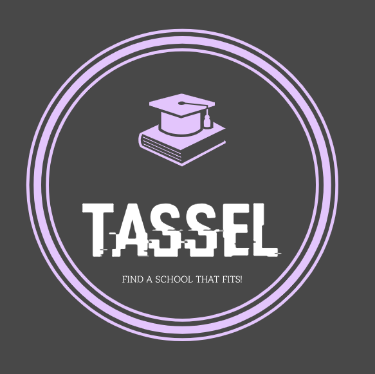
Edu_Builders
Project: Tassel
Giving parents a voice for their child's education.
Michelle Vancza, Erkan Sen, Carlos Salazar, Jose Chavez, Karth Alagarsamy, Saul Lopez, Richard Charlesworth
Houston Build Center
Why: A child enters the public school system at the age of 5 and graduates between the ages of 17 and 18 years old. For 13 years most influential years, we as parents want to ensure: children feel safe and are able to make friends, teachers are helping to reinforce our beliefs and core values ,the school can accommodate to various cultures, learning styles, or physical/mental obstacles, and finally, the schools' curriculum will help our child exceed in compulsory learnings AND any special areas of study to which our kids have an invested interest. Some parents hit the virtual books hard! Browsing through tons of research to find a school that matches all the parameters. However, research can take a LONG TIME, (especially if the only computer is mobile device)! The datasets are spread out and sometimes unreadable to a parent not versed in educational systems' jargon OR a parent coming a different cultural background.
What: Tassel: The one stop shop for finding a school that fits! We propose a school search system that will list and give an in depth profile and analysis into your results! We've pooled the research together and interpreted the data into a readable format that makes it easy for parents to understand. From our various open data sets we can: Search and Filter schools via location : using GreatSchools API to map out schools via loc., get school census data to build the school profile, and start a forum so parents can review real experiences and opinions about the campus. Leveraging TeaTx, we are able to illustrate trends from SAT/ACT scores and school drop out rates. We also use TX reports for STAAR standardized testing trends. We also used TeaTx to show population distribution of: ethnicity and diversity, bilingual, military background , students in early career and dev. programs TX edu shows staff diversity: Employed Personnel - Count of Personnel by District, Role, Gender and Ethnicity
Wow: Taking it a step further: With Tassel, you will have the ability to create an account to save your school searches. You can also create a child profile to leverage (ML) predictive analysis to suggest the top schools, others with similar profiles have viewed. We also want our curriculum to be "up to date". Parents and/or students will have the ability to add to a schools curriculum so others can gain insight into which programs are offered. Our project focuses on building out an easy to use mobile experience to help bridge the gap not only with parents who without easy access to a laptop or PC, but also to parents of different cultures, or anyone not well versed in the school system "lingo". Whats next: In the way of data, we would love to take our gathered information (test score trends, school reviews, & incident reports), and use it to make correlations and predictions to housing market in areas surrounding the school.
Partners Used: Google
Track: Breaking Down Barriers
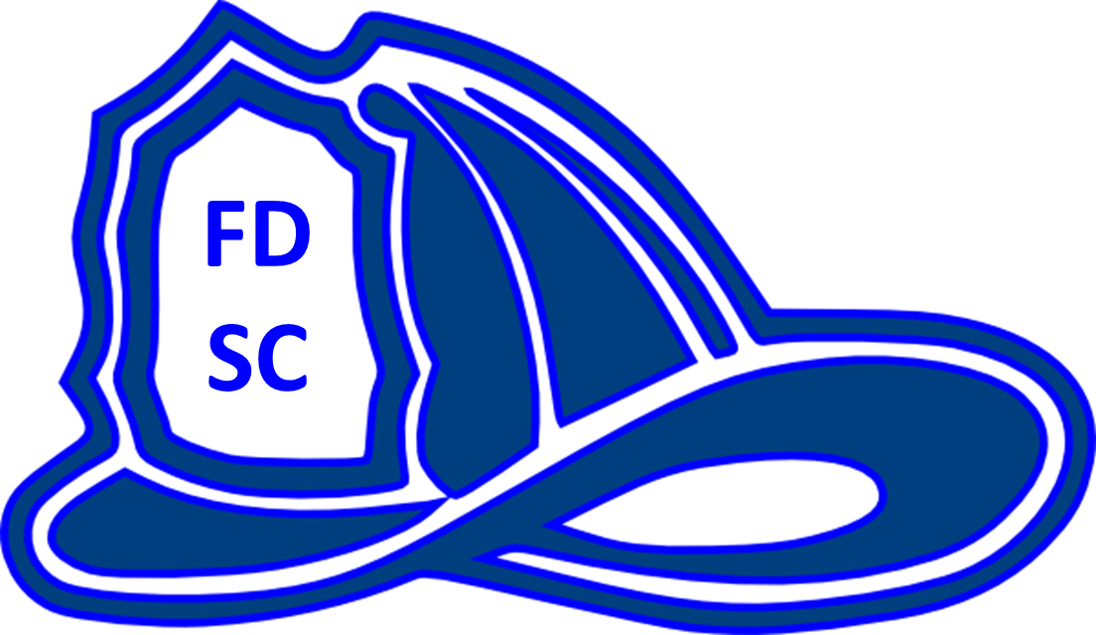
FDSC (Fire Department Slalom Consulting)
Project: FIRE SEER
Enhancing fire models through open source data to improve fire fighters ability to combat wildfires
Aaron Morgulis, Alex Trahan, April Zauri, Chris Grefe, Jeff Lutz, Jennifer Wheeler, Naomi Carrillo, Raquel Edwards, Ryan McNaught, Sean Jones, Sharadhra Sandur, Tim Stafford, Victoria Pindrik, Vivek Pai
Orange County / SD
Why: Wildfires occur worldwide and can negatively affect social, environmental, and economic aspects, including the loss of life, property, and natural resources. The cost of fighting wildfires and the damage inflicted continues to increase. In 2018, - 88 Lives were lost in California wildfires - $9,000,000,000 in damages were caused by California wildfires - 20,000 structures were damaged or destroyed by California wildfires - $2,900,000,000 were spent by the U.S. Forest Service along with other Department of the Interior agencies fighting wildfires
What: Our Solution performs four functions: - Gather: Collect data from a combination of streaming and static sources into a Snowflake repository. Data includes current and historical satellite imagery, weather measurements, vegetation and canopy cover, building and structure characteristics, and air quality metrics. - Recognize: Identify fires, surrounding fuels, such as vegetation and canopy cover, homes and other structures, firebreaks and bottlenecks to fire spread using Amazon Rekognition. - Forecast: Predict probable paths the fire will take based on surrounding fuel, firebreaks, weather metrics (e.g., wind direction and speed), building burn rate, air quality, and historical data with Amazon Sagemaker. - Recommend: Run simulations to determine the best positions for fighting the fire and provide positioning and allocation recommendations. The out put of those steps will focus on three results: - Path Prediction - Damage Minimization - Fight Insight
Wow: This project is very personal to many members of our team due to the impact wildfires have had on them and their families. Most of the team was either directly affected or knew of someone that was impacted by wildfires. This is personal. Through the team's analysis of the open data sources available to use, we discovered some unique opportunities and capabilities to enhance existing fire models. An emerging need for firefighters is to understand the locations that have new construction versus older communities. Fire departments have to train differently to deal with wild fires impacting newer housing communities due to the difference in construction material (lighter woods, more particle boards and glued wood). Newer construction causes fires to burn in a faster and different way than how firefighters were traditionally trained. By incorporating Zillow's open source data and applying building ages to our fire model, we are able to provide additional insight for fire responders.
Track: Improving Community & Government
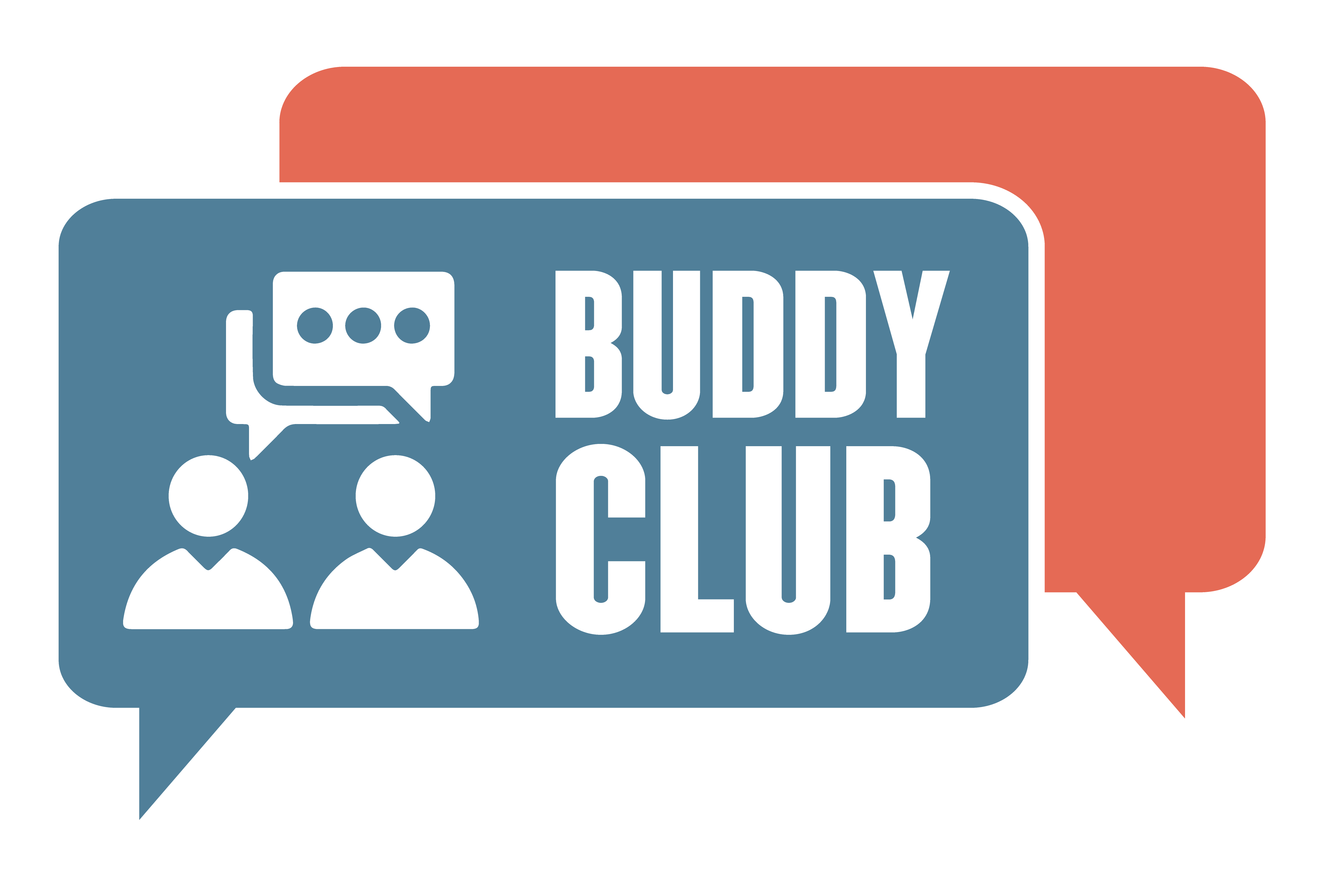
Happy Hour
Project: Buddy Club
Improve mental health with social media sentiment analysis
Dylan Graves, Michael Kammeyer, Noah Meyer, Nikki LeServe, Teddy Thorpe
Denver, Denver Build Center
Why: According to the World Health Organization, 300 million people around the world suffer from depression. Many more people go undiagnosed for this mental illness or do not accept that they are depressed. It affects people of all ages and backgrounds and is especially prevalent in modern times. Depression is so widespread in our society and it is often too difficult to tell the signs if someone is dealing with depression. We need better tools to sift through the data to connect people with the help they need. For this reason, Buddy Club will utilize big data through social media to identify the warning signs before it is too late. If warning signs become more apparent, we can reach out to schools and students and find a way to improve individuals self-esteem and community of friends. A big problem today is there is a big stigma around talking about mental health. Making warning signs of depression more apparent will help teens feel more comfortable talking about it.
What: The Buddy Club will be a tool to identify teens and young adults who are expressing severely negative emotions through Twitter. The application's data source will be the free Twitter API real time data stream and historic data. Each of these tweets represents a data point on social interaction that may have an effect on, or an expression of, an individual's mental health. Therefore Twitter is a great data source creating a tool for positive impact on community mental health. Each tweet analyzed will receive a sentiment score from AWS Comprehend. These tweets and their sentiment scores will then be stored in a database for further analysis of trends by user, time period, or even events. If the sentiment score of a tweet is negative enough, an AWS SNS message will be sent to notify a counselor who can then review the tweet and determine if they should reach out to the individual. Additionally, a sentiment of the tweets that mention a specific user can be generated by API request.
Wow: The Buddy Club application aims to improve community by connecting people with mental health issues to professionals that can help. Buddy Club increases proactive intervention for mental health issues. With a means to identify teens and young adults who have expressed mental pain on Twitter, counselors will be able to have an impact on the lives of people who's pain may have gone unnoticed. The ability to view the sentiment surrounding an individual online gives advisors new insights into the social environment that persons deal with. Counselors will be more informed on the specific situation of the individual and better able to provide help appropriate to that situation.
Partners Used: AWS
Track: Improving Community & Government

Health Raptors
Project: Cell-o-Matic
Cell-o-Matic; Saving lives by expediting cure discovery. Cell-o-matic partnered with Kings College London to develop an automated cell counter, helping save thousands of hours of medical research, allowing for expedited research conclusion resulting in faster cure discovery.
Tiago Nunes, Andrei Urachi, Pritesh Senghani, Anup Singh, Max Choong, Abhijeet Patil, Pedro Mendelez, Saurabh Khanna
London, Toronto
Why: We asked ourselves the question - how can we save lives by expediting medical research to find cure for diseases such as cancer? This led us to digging deeper in the process of medical research and we found that one particular element of research involves counting cells in multi-layered 3D images that takes hundreds of hours of researcher's time. We figured that if we were able to automate the process of counting cells in these multi-layered 3D images - we will be able to save a lot of valuable time for medical researchers and impact the speed at with research concludes - in turn, helping find cures faster.
What: Our solution, Cell-o-Matic, will use computer vision and artificial intelligence to automatically count cells in these 3D cell images. We will use machine learning to find accurate regression curve for various permutations of cell images. Cell images come in all shapes, sizes, and forms. By procuring various permutations of cell images through open data - we were able to obtain sufficient size dataset to train our machine learning models. We will also crowdsource data from medical researchers - this data will be a collection of cell images and corresponding cell count - this will help us further enhance our machine learning models.
Wow: In such nascent stages, we have already been able to secure collaboration with Kings College London. PhD researchers are on-board and we have our first stream of crowdsourced cell image data coming in! We are confident that we will be met with the same enthusiasm when we approach other research organisations with our solution.
Partners Used: AWS, Kings College London
Track: Improving Community & Government

InnoVate Public Health
Project: eVect Health
Fighting vector-borne diseases with the power of open data and machine learning
Diana Lin, Johnny Wang, Jeff Nelson, Peter Park, Rachel Hatanaka
Los Angeles
Why: Vector-borne diseases are human illnesses caused by parasites, viruses and bacteria that are transmitted through mosquitoes, ticks, mites, snails, lice and many others. They account for more than 17% of all infectious diseases globally, resulting in more than 700,000 deaths per year. The most well-known amongst these is malaria, which alone causes over 400,000 deaths per year, many of which occur in children under the age of 5. The World Health Organization recognizes "many of these diseases are preventable through informed protective measures." The open data set being utilized as part of our solution is critical as it forms the basis from which individuals, researchers and government & health agencies will receive and react to outbreak information as well as the appropriate treatment protocols. The open data set also serves as the foundation for machine learning as vector images and additional inputs are submitted from individuals.
What: The most crucial elements in fighting vector-borne diseases are education and awareness, expedient identification of vectors and behavioral change. There are numerous open sources of information online. But what if you had access to location-based alerts and information regarding vector outbreaks, the ability to identify vectors using just your phone's camera, and personalized preventative measures to help avoid such diseases? We believe eVect Health, addresses an unmet need in the market for people living in developing nations, travelers & clinical research settings. The application aggregates multiple data sources to inform users, through a mobile application interface, of vector-borne disease illnesses within a geographic radius. It also uses relevant information from WHO and vector-image data to provide users with the appropriate prevention and treatment protocols based on their specific profile. All of the data sources used in building the solution are open to the public.
Wow: We believe that eVect Health will not only addresses an unmet need in both developed and developing countries with a creative solution built on publicly available data, but also has the potential to make a meaningful impact on worldwide health outcomes. The impact on developing countries is particularly important, as the vast majority of vector-borne diseases are contracted in these areas. With over 60 percent of the world having access to mobile phones, we believe that eVect Health has the ability to obtain the penetration and adoption needed to make a meaningful reduction in the occurrence of vector-born diseases (potential of hundreds of millions of cases reduced assuming maximum adoption and efficacy). Open data sources are a critical input eVect Health, and this solution and potential positive impact could not be made possible without public resources from health agencies such as the World Health Organization, CDC as well as existing public health initiatives.
Partners Used: Google
Track: Improving Community & Government
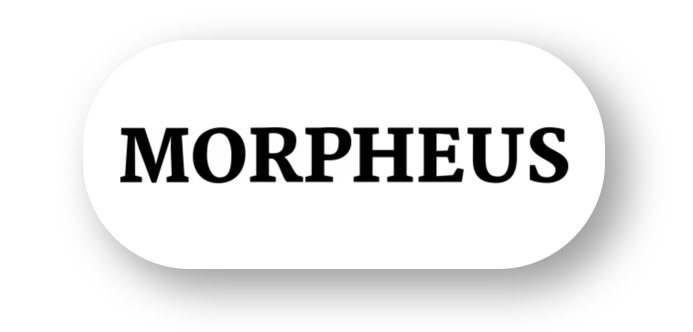
Morpheus
Project: Using Open Data to Fight The Opioid Crisis
Taking a 360-degree view of the opioid crisis to recommend intervention & drive change
Shannon Montanez, Andrew Meigs, Kevin Geary
Boston
Why: The public health emergency known as the opioid crisis has affected Boston harder than other American cities. We see this problem everyday as it permeates itself through homelessness, addiction, crime and overdoses. On average, 142 Americans die every day from opioid overdoses. About 10 blocks from our office is an area colloquially known as Methadone Mile, for the methadone clinics (an anti-opioid medication) and the drug dealers and addicts that frequent the block. We see the face of addiction every day. Every one on our team has been personally affected by opioid addiction. Addiction is a disease that does not discriminate against age, gender or race. We have the skills and tools to prevent unnecessary deaths at Slalom Boston and we believe we have a civic obligation to make a difference.
What: Morpheus uses open source data from the City of Boston and other organizations helping to fight opioids to map out opioid usage in our city and create a 360-degree view of the crisis and its root causes. Using Microsoft Excel, Tableau, and Google Maps, the Morpheus team created a map of opioid related crimes in Boston. We then overlaid locations where the opioid antidote, Naloxone, is available in order to find areas that are well suited to handle opioid overdoses and areas where Naloxone should be placed. In order to identify the root causes of the opioid crisis, the Morpheus team created socioeconomic profiles of each neighborhood in Boston and used that data to find aspects of the community that may lead to higher risk of opioid abuse. Some of the factors that we looked at include school rankings, dropout rates, and median income and we used the insights that we gained from this data to create targeted interventions that can help improve the community and reduce opioid usage.
Wow: Through our visualization of the opioid crisis in Boston, we were able to identify issues in specific communities that we believe lead to a higher risk of opioid usage. By understanding the root causes of the crisis, our team was able to create targeted interventions that will improve the communities. For example, the Boston neighborhood of Dorchester has one of the highest concentrations of opioid related crime in the city. Using our data, we were able to identify socioeconomic factors that may lead to higher drug usage in the neighborhood. Our team noticed that the schools in Dorchester are ranked among the worst in the state and the dropout rate is significantly higher than the average. Using this insight alone, the Morpheus team recommended an intervention to improve the schools in the area such as, eliminating the program that takes the best students out of the neighborhood. Using open data, Morpheus aims to help tackle the opioid crisis one neighborhood at a time.
Partners Used: Tableau
Track: Improving Community & Government
Additional Information
What's in it for you?
- See how Slalom approaches innovation and exploration
- Learn what our team is capable of
- Engage teams that have created unique concepts exploring the open data sets available online
Why Slalom does Hackathons?
Hackathons instill a culture of curiosity, collaboration, and continuous exploration. They encourage us to fail fast and prove quickly; unearth new ways to solve old problems; and engender collaboration, often across disciplines. Slalom Hackathons are time boxed, team oriented events that allow engineers and business experts to engage with a cutting edge technology. Our Hackathons bridge the gap between business problems and the possibility of technology.
Have a question?
Email hackathons@slalom.com

